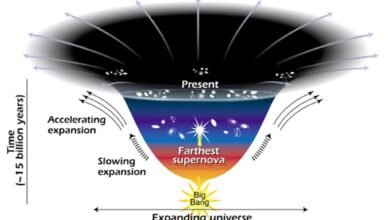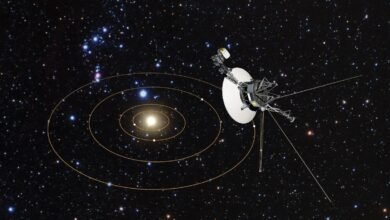
No matter how you define the end, including the demise of humanity, all life, or even the planet itself, our ultimate destruction awaits.
If you have ever read the news, you’ve likely seen stories that announce our impending doom, usually brought on by some apocalyptic event that strikes fear into our imaginations. Various incarnations of the reported end of the Earth has come in a variety of forms, including from:
Every few years, or maybe even every few months (depending which corners of the internet you’re perusing), a new story, speculation, or conspiracy will go viral, claiming that the end of the world is near. While some claims are very specific; in general these claims are more vague, making them difficult to disprove or debunk.
Yet we don’t live in a world where myth and mysticism dominate our thinking; we know that we can comprehend all that’s known, as well as an enormous amount of what’s to come, using the predictive power of science. Based on what we know today, we can concretely predict that there are four ways the Earth will meet its eventual end, and each and every one of them will eventually occur. Here’s how our living planet, home to all the life in the cosmos that we presently know, will meet its ultimate end.
1.) The extinction of humanity
Despite the dreams of immortality that many envision, both for themselves and for our species, our extinction is an inevitability. Although there are over eight billion humans on Earth (with that number continuing to grow) today, humans have only been around in our current form for a few hundred thousand years, with the…
Source link






